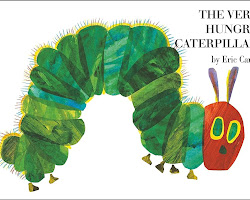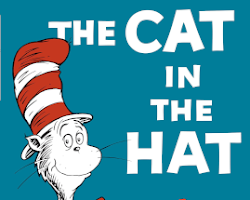In the fast-paced world of online content, capturing and retaining readers' attention is a constant challenge. One powerful tool at your disposal is visual media. Incorporating images, videos, infographics, and other visual elements into your blog can significantly enhance your content's appeal, engagement, and overall effectiveness. In this blog post, we'll explore the importance of visual media and provide you with practical tips on how to effectively incorporate it into your blog.
The Power of Visual Media
Human beings are naturally drawn to visuals. Research shows that visual content can be processed up to 60,000 times faster than text, making it an invaluable tool for conveying complex information quickly. Here are a few reasons why incorporating visual media into your blog is crucial:
Enhanced Engagement: Visuals break the monotony of text and make your content more engaging. Readers are more likely to stay on your page longer if it features visually appealing elements.
Better Understanding: Visual media can simplify complex concepts, making them easier for readers to comprehend. Visual aids can help convey information in a way that words alone cannot.
Increased Shareability: Visual content is highly shareable on social media platforms. Compelling visuals can attract more shares, extending the reach of your blog.
Memorability: People remember visual information better than text. Incorporating visuals can help readers retain information from your blog more effectively.
Tips for Incorporating Visual Media
Choose Relevant Visuals: Ensure that the visuals you choose are directly related to your content. They should enhance the reader's understanding of the topic and contribute to the overall message.
Maintain Consistency: Stick to a consistent style and tone for your visuals to create a cohesive visual identity for your blog. This consistency helps establish brand recognition and makes your blog visually appealing.
Use High-Quality Images: Blurry or pixelated images can detract from the professionalism of your blog. Always opt for high-resolution images that are clear and visually pleasing.
Infographics for Data: When presenting statistics, data, or comparisons, consider creating infographics. Infographics make complex information more digestible and engaging.
Embed Videos: Videos are incredibly effective in capturing attention and conveying information. Embed relevant videos that complement your written content, whether they're tutorials, interviews, or demonstrations.
Break Up Lengthy Text: Long paragraphs of text can be daunting to readers. Use images to break up the text, creating visually appealing sections that encourage readers to keep scrolling.
Optimize for Loading Speed: While visuals are essential, they shouldn't compromise your blog's loading speed. Compress images and use appropriate file formats to maintain a fast website performance.
Create Original Content: If possible, create your own visual media to establish a unique identity for your blog. Original images, graphics, and videos can set your content apart from the rest.
Provide Context: Always accompany your visuals with descriptive captions or alt text. This not only provides context for visually impaired readers but also helps search engines understand the content.
Mobile-Friendly Design: Ensure that your visual media is responsive and looks good on various devices, including smartphones and tablets.
Conclusion
Incorporating visual media into your blog is more than just adding eye-catching elements—it's about enhancing the overall reader experience. Visuals can make your content more engaging, informative, and shareable, ultimately driving more traffic to your blog. By following the tips mentioned in this post, you'll be well-equipped to effectively integrate visual media into your blog and reap the benefits it offers. Remember, a well-balanced combination of insightful text and compelling visuals can elevate your blog to new heights of success in the online realm.







